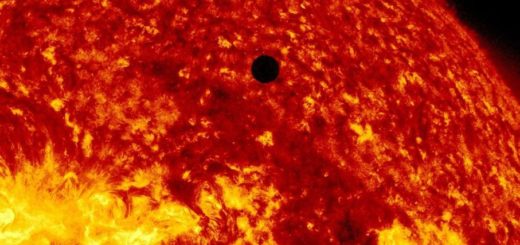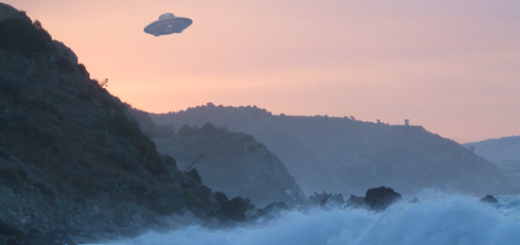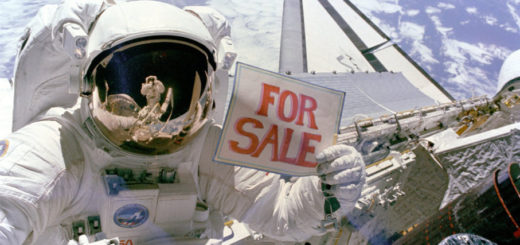See the mark NASA’s asteroid-booping spacecraft left on Bennu

Osiris-Rex snagged some bits of asteroid Bennu in 2020, and now it’s swooped in to check out the mess it left behind.
NASA’s Osiris-Rex mission has been studying asteroid Bennu and last year successfully grabbed a sample to bring back to Earth. That sample operation left a mark on the asteroid, and now we have a great view of how the spacecraft rearranged the furniture on Bennu.
Earlier this month, the spacecraft flew to within just 2.3 miles (3.7 kilometers) of the asteroid to capture images of the Touch-and-Go (TAG) zone. On Thursday, NASA released the shots showing “obvious signs of surface disturbance.”
The view shows how Osiris-Rex left a depression and moved rocks around. The spacecraft touched the asteroid and fired pressurized gas at the surface during sampling. It then used thrusters to move away. All of these actions had an impact on the surface.
“Where thrusters fired against the surface, substantial mass movement is apparent,” said NASA. “Multiple sub-meter boulders were mobilized by the plumes into a campfire ring-like shape — similar to rings of boulders seen around small craters pocking the surface.”
OSIRIS-REX EYES BENNU
NASA asteroid-sampling spacecraft looks at ‘the mess it made’ on Bennu
NASA secures sample of asteroid Bennu to send home to Earth
One boulder, marked in a before and after GIF, measured in at about 4 feet (1.2 meters) across and appeared to have been thrown 40 feet (12 meters) from its original resting place. “The rock probably weighs around a ton, with a mass somewhere between a cow and a car,” said Osiris-Rex project scientist Jason Dworkin.
NASA pointed out some details of the changes in a video released Thursday.
The close approach to gather images marks Osiris-Rex’s final flyover of Bennu. It’ll hang out near the asteroid till May 10, when it’ll begin its journey back to Earth to deliver the sampled material. If all goes well, some bits of Bennu will parachute down to Earth in September 2023.
NASA hopes all this effort will help scientists learn more about the formation of the solar system and how Earth became habitable.



 Creators of mankind
Creators of mankind Description of “Tall white aliens”
Description of “Tall white aliens” Where they came from?
Where they came from? About hostile civilizations
About hostile civilizations The war for the Earth
The war for the Earth “Tall white aliens” about eternal life
“Tall white aliens” about eternal life Video: “Nordic aliens”
Video: “Nordic aliens” Aliens
Aliens Alien encounters
Alien encounters The aliens base
The aliens base UFO
UFO Technology UFO
Technology UFO Underground civilization
Underground civilization Ancient alien artifacts
Ancient alien artifacts Military and UFO
Military and UFO Mysteries and hypotheses
Mysteries and hypotheses Scientific facts
Scientific facts


















